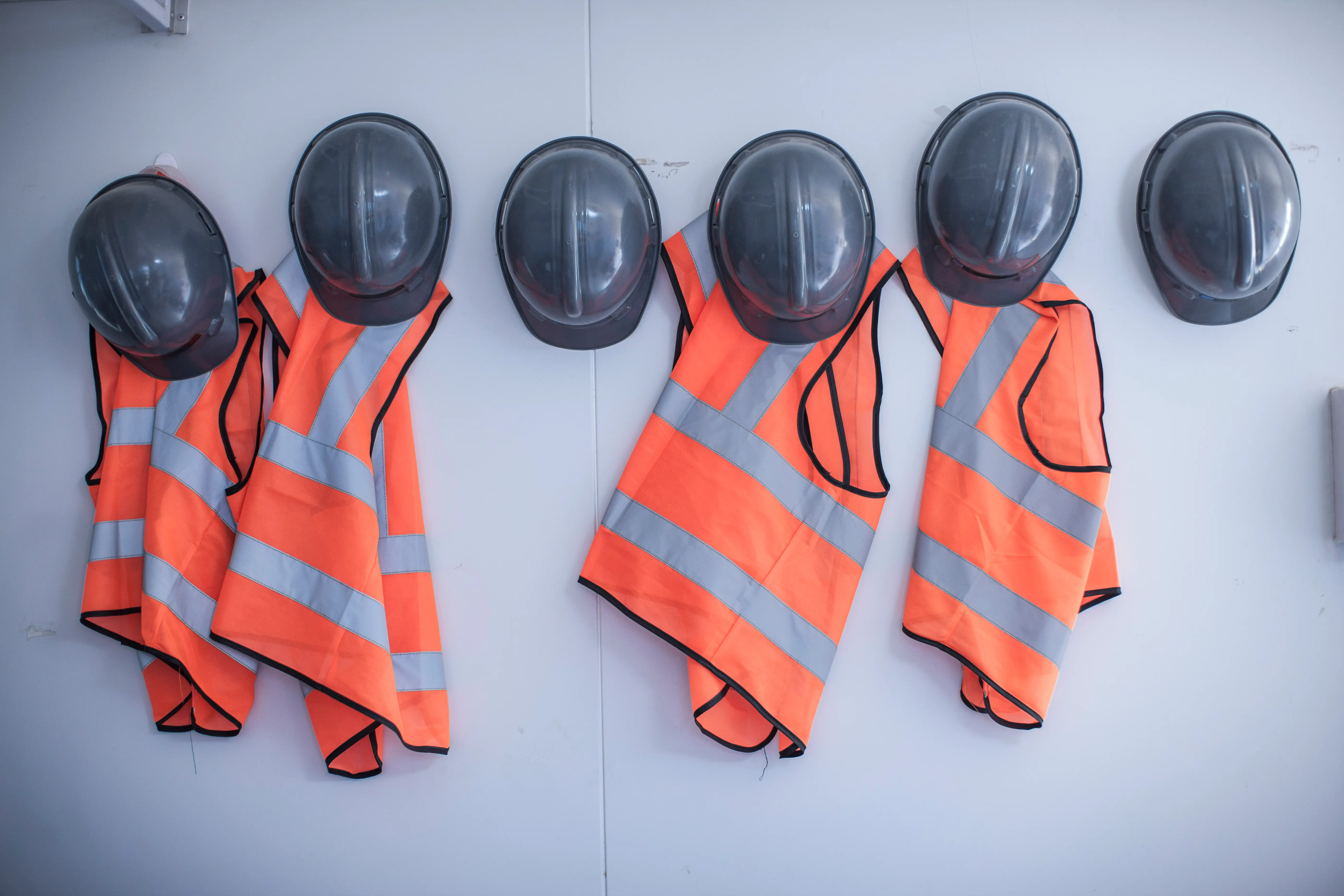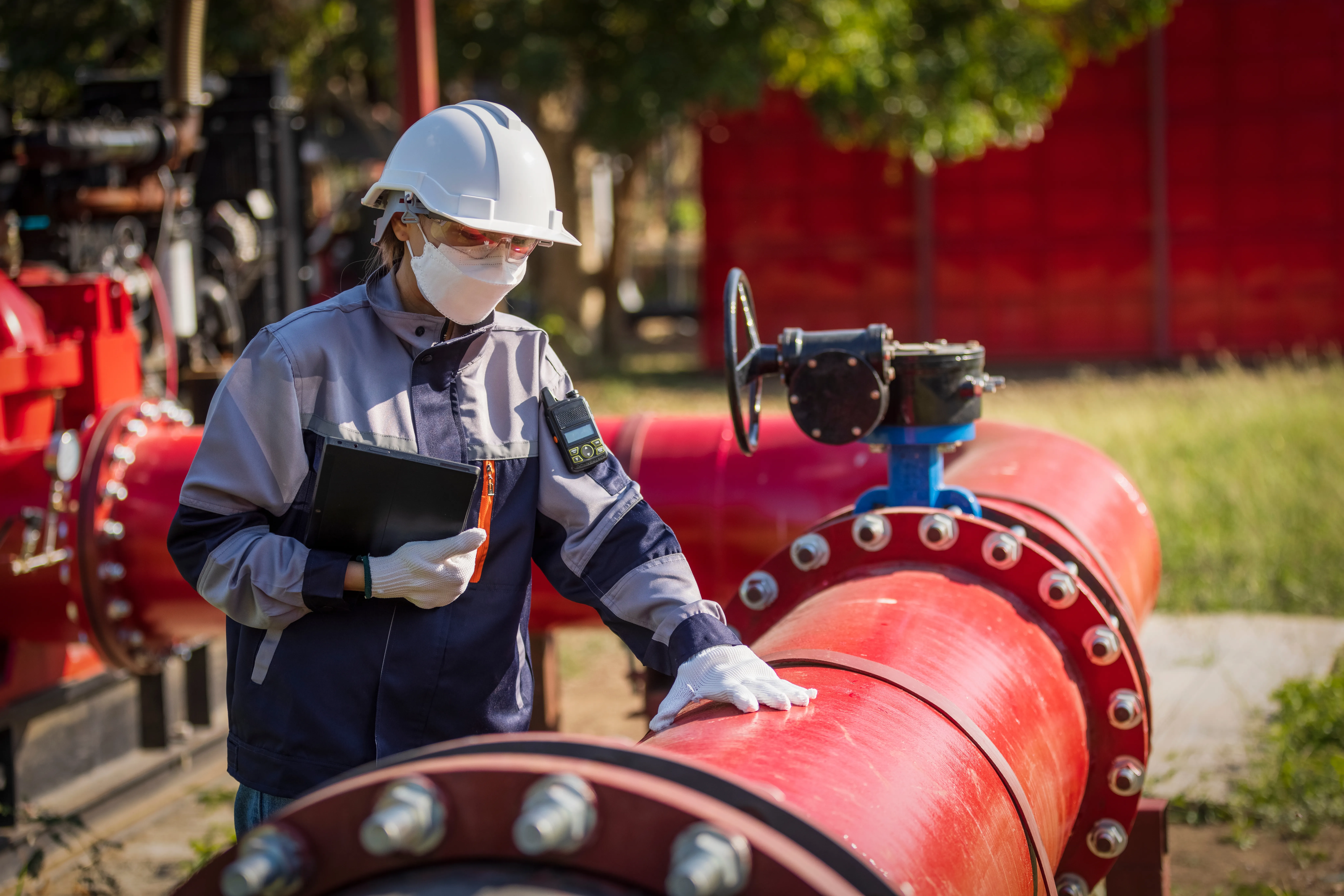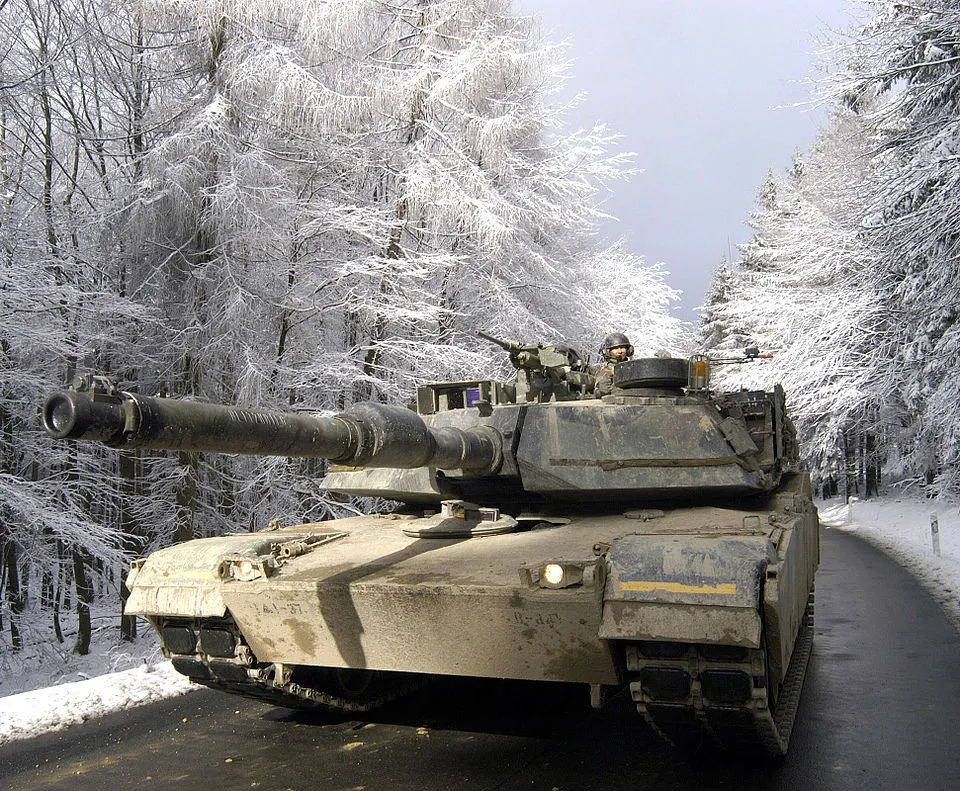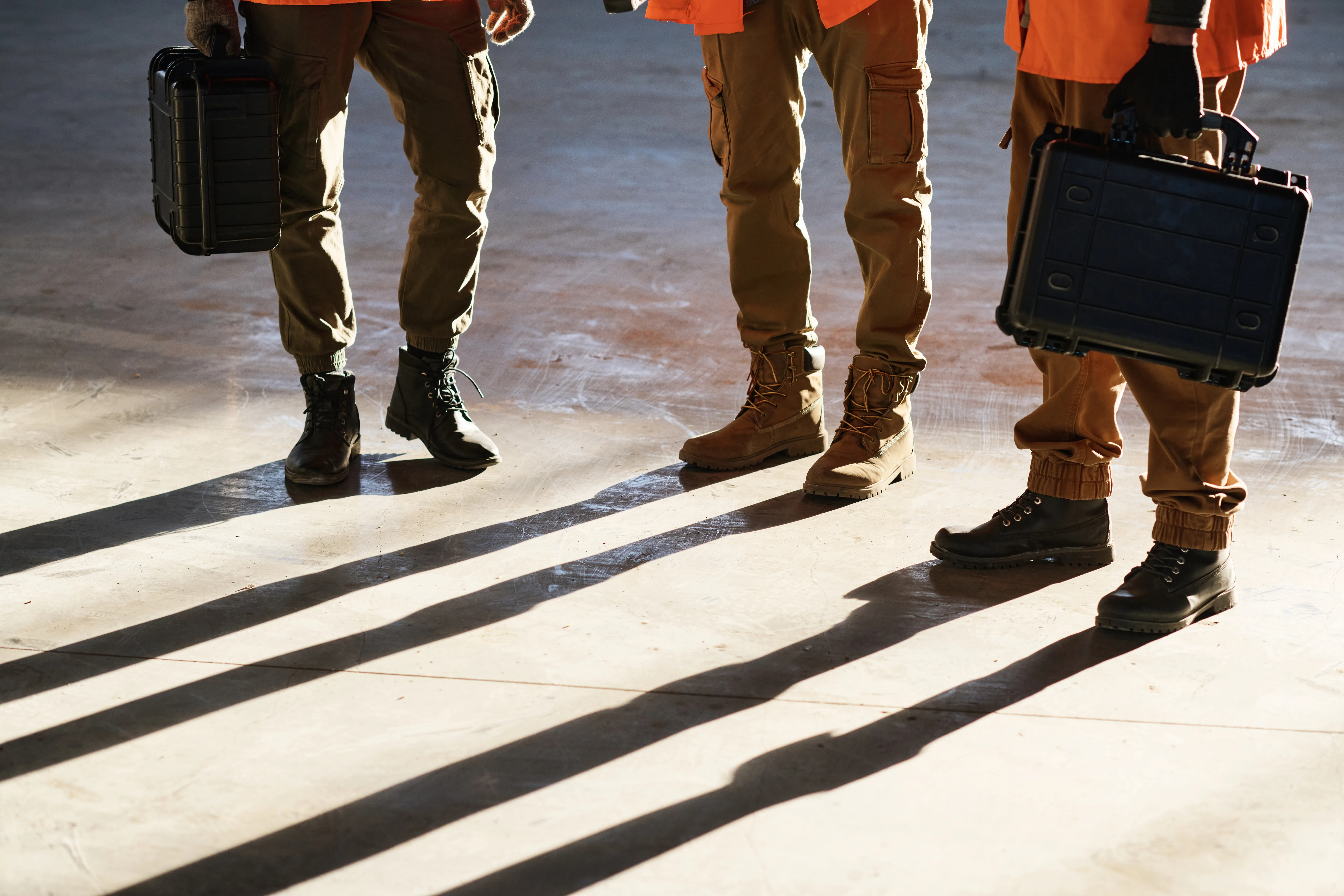Preparing for the Worst: Subsea Emergency Readiness
In the world of subsea operations, readiness isn't just a precaution — it's a necessity. The subsea environment is one of the most challenging and hazardous workplaces on the planet, with extreme pressures, lack of visibility, unpredictable weather, marine life, and the complex coordination of human, mechanical, and technical elements. An unexpected emergency, such as a leak or equipment failure, can have far-reaching consequences, impacting not only operational efficiency but also safety, the environment, and financial stability. That's why every subsea operation should be prepared for the worst-case scenario, ensuring teams, equipment, and systems are set up to respond swiftly and effectively.
Understanding the Risks
Subsea environments are characterized by extreme pressure, unforgiving temperatures, and corrosive elements that test the limits of both people and technology. Equipment failures can happen due to these harsh conditions, and when they do, they're difficult to address. Leaks, component malfunctions, and structural damage are some of the many potential risks, each demanding a specialized response.
However, perhaps the biggest danger lies not in the failure itself but in the time, it takes to react. Every second counts in a subsea emergency. Quick thinking and the right tools are vital to mitigate damage and minimize downtime. Preparedness doesn't start when a problem arises; it begins long before, in the planning and preventive maintenance phases.
Key Elements of Subsea Emergency Readiness
1. Preemptive Equipment Maintenance
Regular maintenance of subsea infrastructure is the first line of defense against unexpected failures. Preventive inspections, routine part replacements and repairs, and quality control checks reduce the likelihood of emergency situations. For example, paying close attention to connection points and components that may experience wear over time helps ensure they perform reliably under stress. Some of the most critical areas include those where precise and secure connections are required. Keeping these areas in top condition is essential for operational integrity.
2. Crew Training and Drills
Every subsea operation relies on its crew for success. The human element is just as crucial as the technology, especially in emergency situations. Regular, rigorous training on emergency procedures ensures that when the time comes, the team knows exactly what to do.
Conducting regular emergency drills can mean the difference between a fast recovery and an environmental and financial disaster. Subsea teams need to practice their responses to specific emergencies like pressure leaks or equipment failure, as well as standard safety drills. Ensuring every crew member knows their role during a crisis creates a streamlined, effective response.
3. Redundancy and Resilient Systems
Having redundant systems in place allows subsea operations to continue, even if one part of the infrastructure fails. In the event of an emergency, being able to switch to backup systems quickly can prevent a complete shutdown. Critical components should always be assessed for readiness and durability. Ensuring these points are secure, reliable, and easy to maintain minimizes the risk of a small issue escalating into a larger problem.
4. Technology for Rapid Response
Advances in technology have improved subsea emergency responses tremendously. Remote-operated vehicles (ROVs) allow for more immediate visual inspections and repairs in areas too dangerous or difficult for human divers. High-performance tools and advanced monitoring systems provide instant feedback on structural integrity, system pressure, and potential weaknesses, giving crews the chance to address issues before they escalate. Smart systems that capture data and monitor performance can alert teams to subtle changes in equipment behavior, potentially identifying early signs of trouble before failure occurs.
Final Thoughts
Subsea emergency preparedness is all about anticipating the worst while striving for the best. With the right combination of crew training, reliable equipment, routine maintenance, and responsive technology, subsea operators can reduce the risk of a small issue becoming a major crisis. No one can predict the future, but being ready for any emergency ensures that subsea operations remain safe, efficient, and productive, no matter what challenges arise below the surface.
At HYTORC, we are here to support you with the right equipment and services for the harsh subsea environment. Our solutions, designed for precision and safety, and help ensure that critical connections remain secure even under extreme pressure. With tools that offer accurate application and advanced technology, HYTORC helps offshore operators maintain readiness and efficiency, allowing you to respond to emergencies with confidence. Whether it's preventive maintenance or addressing an urgent issue, we provide the torque tools, pumps, accessories, and expertise to keep subsea bolting operations running smoothly.



